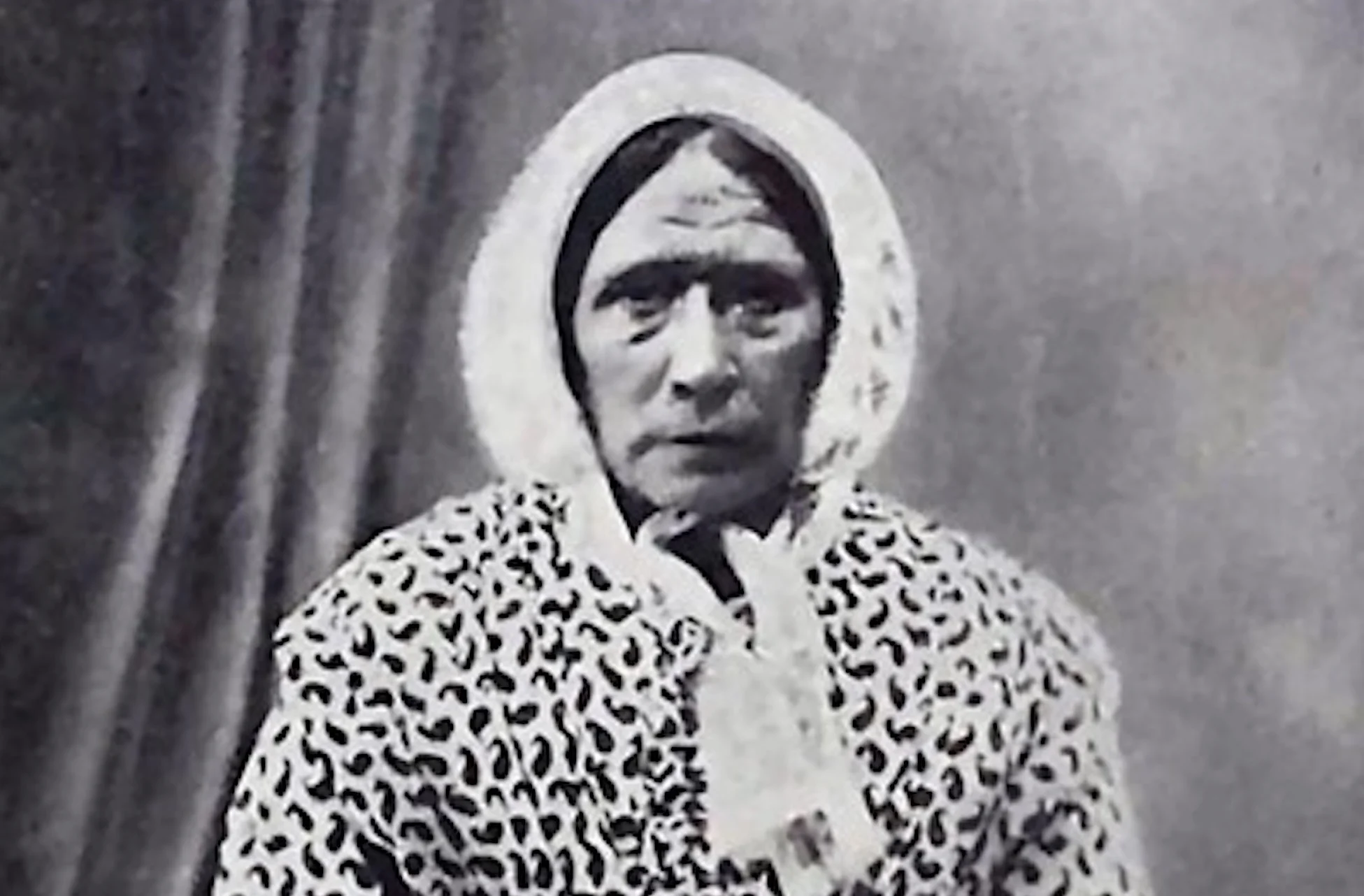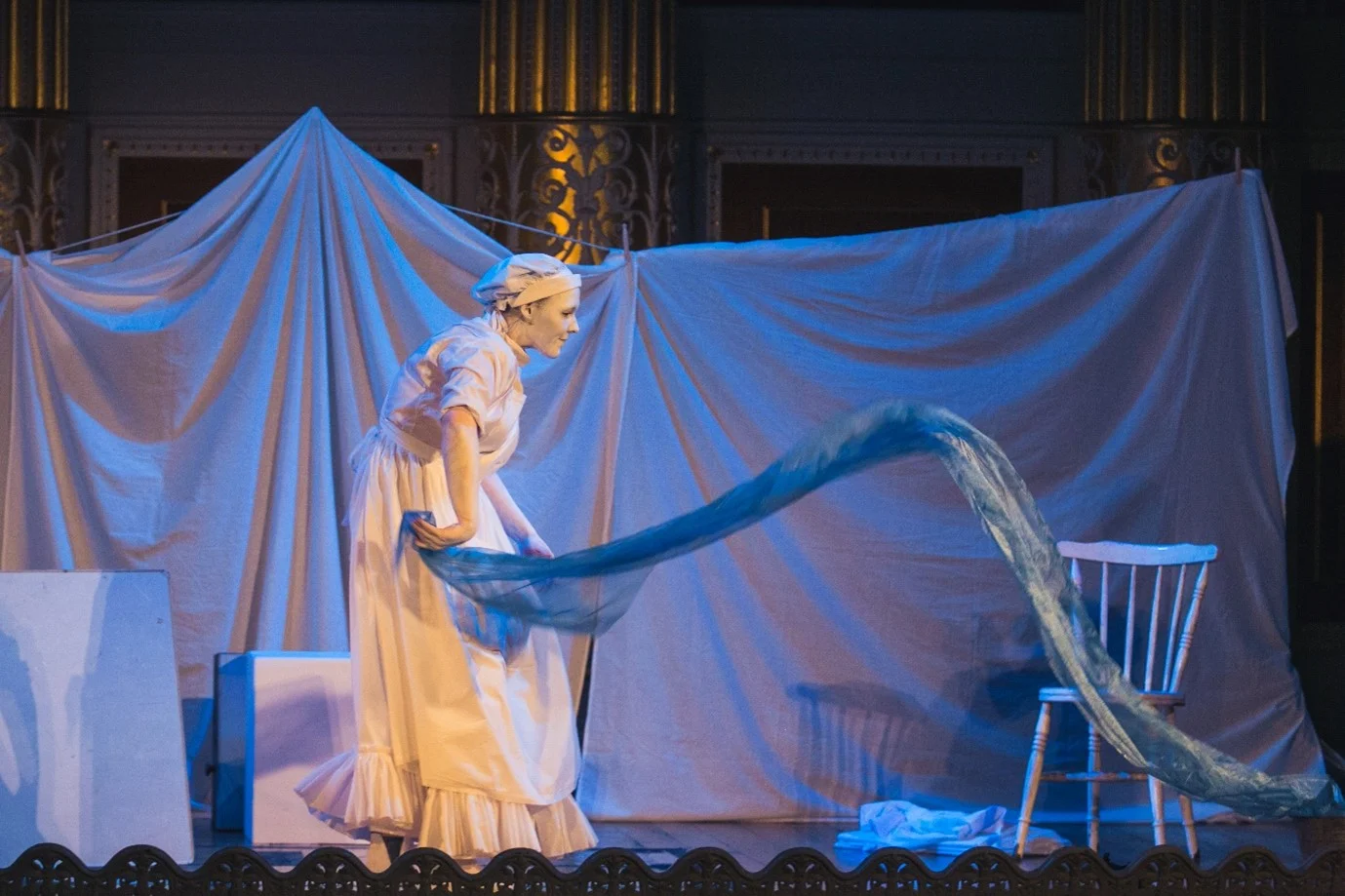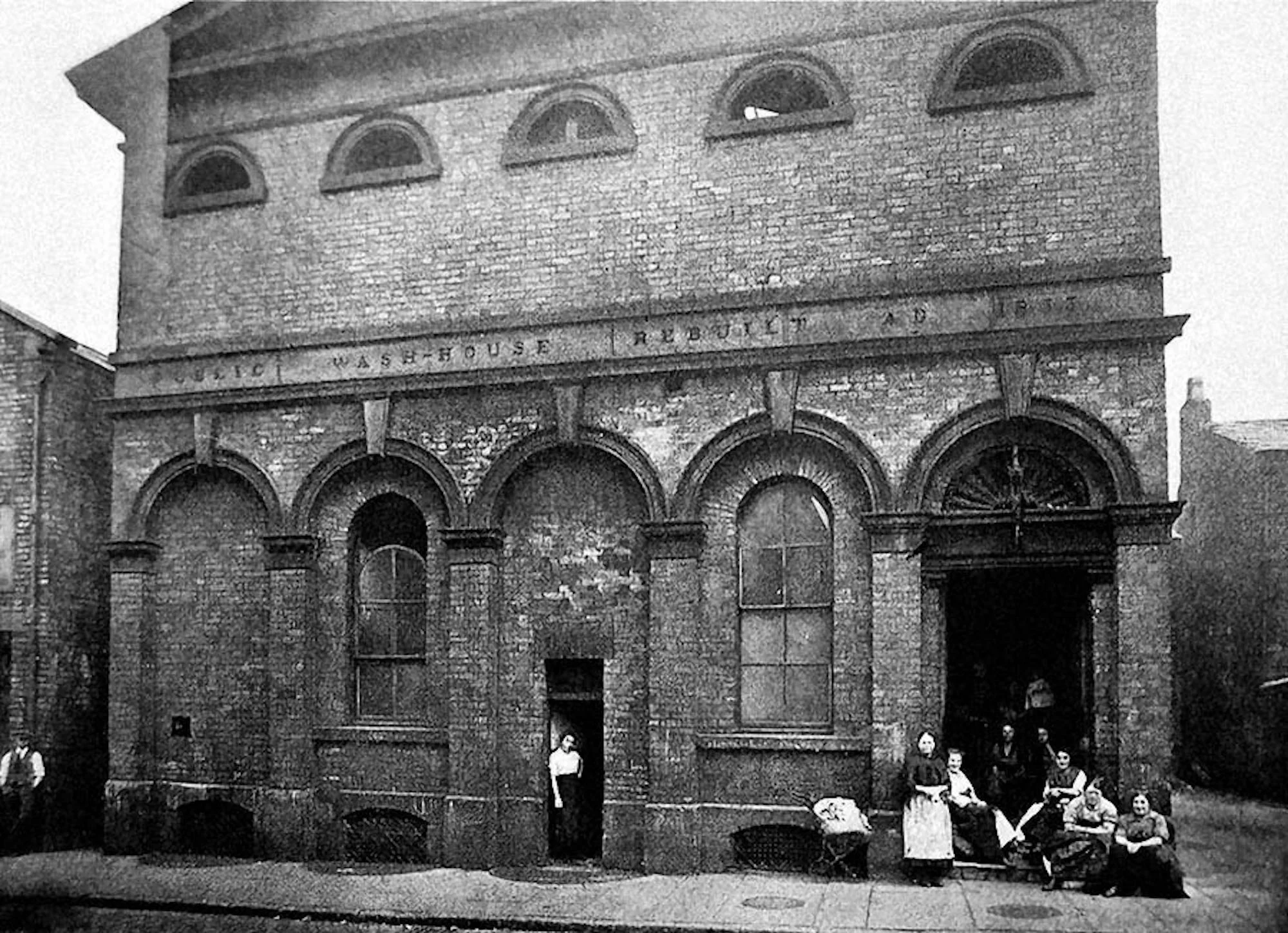By John Maguire

The latest edition of Buried Treasure with John Maguire of Arts Groupie CIC delves into the life of one of Liverpool’s true working-class heroes and a pioneer in public health, Kitty Wilkinson. From the tragedy of losing her family at sea to her transformation from servant to a key figure in Liverpool’s history, Kitty’s legacy endures.
With March marking two important dates, International Women’s Day and St. Patricks Day, this months Buried Treasure focuses on a Working Class Heroine and public health pioneer, Kitty Wilkinson (1786–1860). Her efforts to promote public hygiene helped stem the outbreak of cholera in the city and led to the opening of the first combined washhouse and public baths facility in Britain.
Kitty is buried in St James’ Cemetery, a former quarry in the shadow of the Anglican Cathedral. It opened in 1829 and contains a total of 57,839 recorded graves. The cemetery architect was John Foster and the landscaping was by John Shepherd, the curator of the Botanic Garden in Liverpool. A marble statue to this amazing lady was unveiled in St George’s Hall in Liverpool in 2021, and currently is the only woman represented there.

Kitty brings the Mersey to the stage.
Catherine Wilkinson (Kitty), originally from Derry, Ireland migrated to Liverpool with her family in 1796 when she was nine years old. Tragedy struck during the sea crossing when the ship they were travelling on crashed in the river Mersey and both Kitty’s father and youngest sister drowned.
The surviving members of the family settled in the North West but two years later Kitty was sent to work at a cotton mill in Lancashire as an indentured servant. Mill work was harsh, exhausting and challenging, with children charged with some of the more dangerous jobs, such as cleaning the floors under moving machinery. Kitty worked in this environment until she was 21 years old, when she returned to Liverpool to care for her ill mother.
During the early years of the 1800s Kitty married a French sailor but was left widowed with two young children when her husband drowned at sea. In 1823 she married Tom Wilkinson and over the next few years worked as a domestic servant and also set up a school for orphans in her own home.
Liverpool experienced rapid population growth during the 19th century, putting a huge demand on housing stock and leading to the development of court housing.
The courts, or alleys, were accessed by a passage from a main road that opened on to a yard with houses facing one another. A toilet was typically situated at one end with a cold water standpipe in the centre. Courts varied in size but usually there were about four to ten houses in each. Sanitation in the courts was poor or non-existent, while washing facilities for personal purposes or laundry were also limited.
Nobody was ever the poorer for what they gave a neighbour in distress.
Kitty was the only person in her street to have a boiler, and understanding the need for a facility among her community for washing linen using hot water, she set herself up as a laundress. The service she provided was to become invaluable and ultimately lifesaving, especially during the outbreak of cholera in the city in 1832.
Kitty invited her neighbours and those living in the nearby courts and slums to use her hot water and facilities for a small fee. Drawing on her experience in domestic service, she also taught the women how to clean their laundry and what products to use to get the best results.

Not only an entrepreneurial woman but also a socially aware individual, Kitty provided space nearby for the women to leave their children while they did their washing. She also began campaigning for public baths where the poor could wash themselves. Her efforts came to the attention of business man and philanthropist, William Rathbone, and the District Provident Society who raised funds to help her in her campaign and this eventually led to the opening of the first public bath and wash house on Upper Fredrick Street in 1842. Kitty was later appointed Superintendent of the establishment.
Kitty Wilkinson was greatly respected for her endeavours, becoming known affectionately as the ‘Saint of the Slums’ and in 1846 was presented with an inscribed silver teapot from Queen Victoria in recognition of her contribution to society.
To find out more about Liverpool’s Irish Connections, please visit the Liverpool Irish Festival website, where you can find a print at home map for a free walking tour – Liverpool Famine Trail and a digital app.
Additionally, at National Museums Liverpool there is a Liverpool Irish Community trail.

